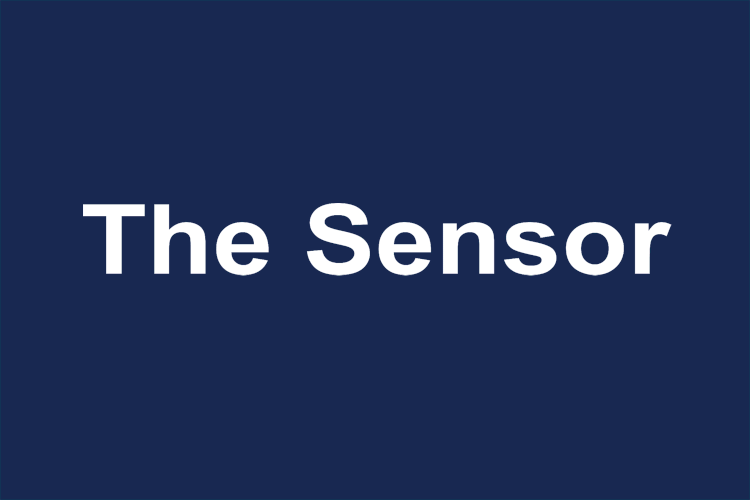In this thought piece, Dr Alexandre Marcireau, a researcher in Neuromorphic Engineering from the International Centre for Neuromorphic Systems at Western Sydney University (WSU) describes the application of the neuromorphic camera, technology that has been inspired by biology to accurately observe fast-moving insects such as flies.
Read MoreA project led by the UTS Institute for Sustainable Futures in collaboration with the NSW Smart Sensing Network and the University of Newcastle’s FASTLab seeks to understand older Australians’ attitudes to using sensors and robots in their home.
Read MoreThe purpose of an NSSN co-design workshop was to get a clearer understanding of the barriers and opportunities to introducing circularity to textile waste generated by hospitals, and understand how smart sensors can help the process.
Read MoreProfessor Julien Epps will lead the largest engineering faculty in Australia.
Read MoreA NSW Smart Sensing Network Grand Challenge project has finetuned a sensor to detect the component of lightning responsible for ignition and most likely to start a fire in Australia.
Read MoreA simple, cheap and non-invasive blood test could help predict a person’s risk of developing Alzheimer’s disease up to 20 years before symptoms show.
Read MoreThe Connectivity Innovation Network (CIN) in collaboration with the NSW Smart Sensing Network (NSSN) is calling for proposals to develop innovative disaster sensing technologies in the fields of physical and information sciences and engineering.
Read MoreLearn about the idea and people behind the NSW Smart Sensing Network's bid to establish a Smart Sensing for Australian Resilience Cooperative Research Centre (CRC). We also co-hosted a conference in Lismore with the Connectivity Innovation Network to help communities better prepare for floods. And read about two inspiring future leaders in smart sensing.
Read MoreA conference co-hosted by the NSSN and the Connectivity Innovation Network in Lismore last week discussed how better connectivity – and connected sensors – can help communities better prepare and respond to floods.
Read MoreThe new Semiconductor Sector Service Bureau (S3B) is allowing NSW to carve out its own microchip space in the world, with sovereign capabilities and increased participation in the global supply chain.
Read MoreMeet two future leaders in smart sensing and read about their applications of sensors to solve real world problems.
Read MoreThe NSW Smart Sensing Network is proud to champion a bid to establish a Smart Sensing for Australian Resilience Cooperative Research Centre (CRC), with the University of Sydney as the lead research institution.
Read More











